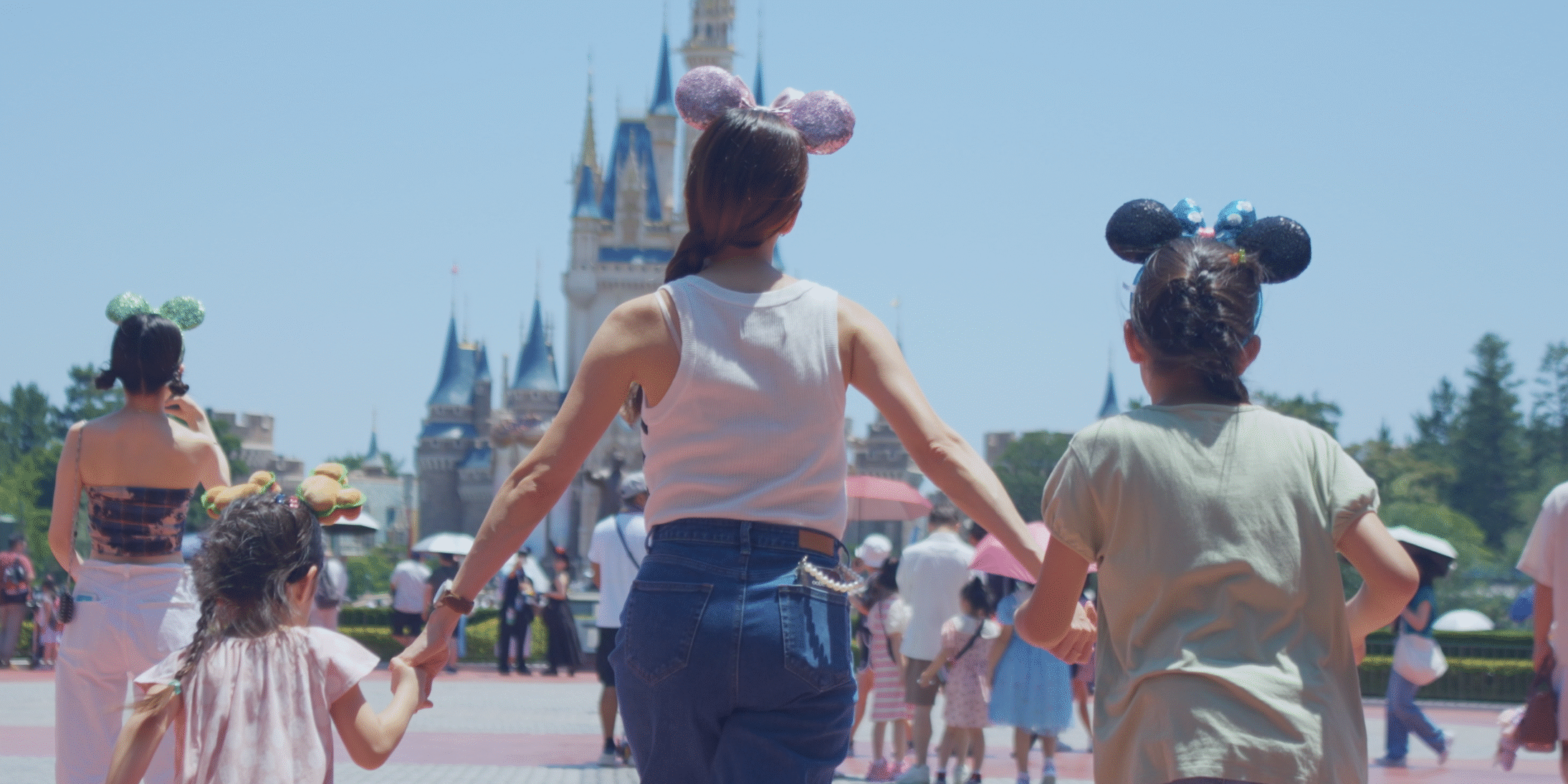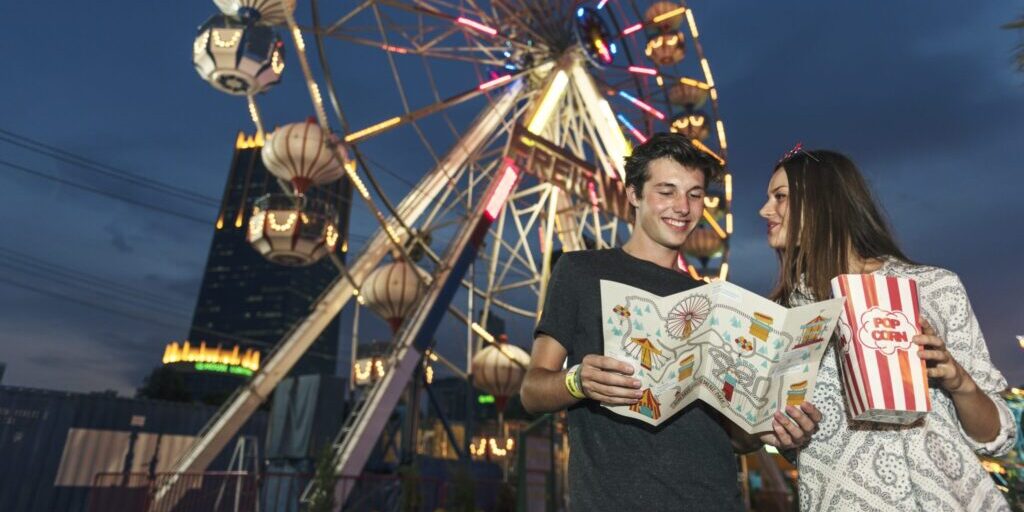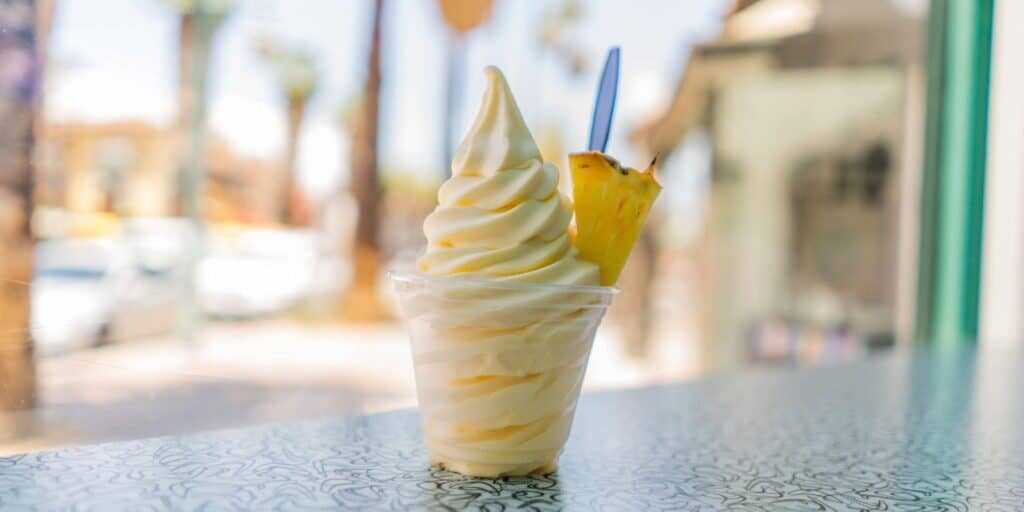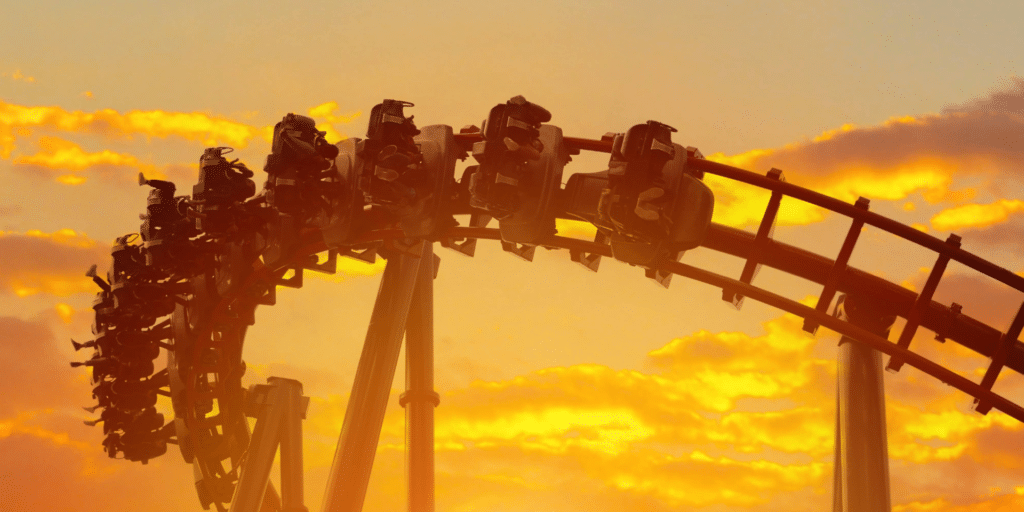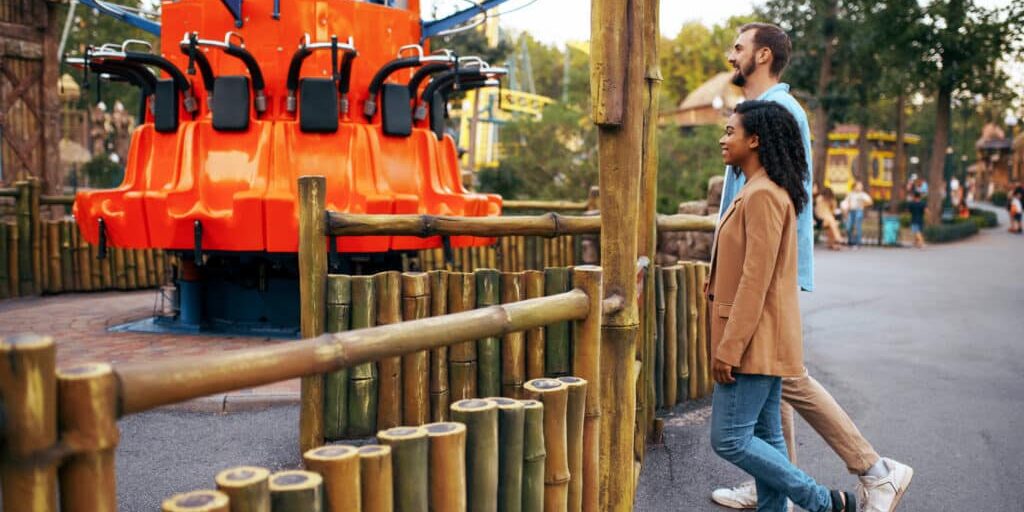Not all theme parks feel the same. Even when they offer similar rides or shows, some parks just work better. Guests might not be able to explain why, but they notice when a park feels smooth, intuitive, and enjoyable from start to finish.
Much of this comes down to design. The best parks guide people without making it obvious. Sightlines draw guests toward the next attraction. Pathways curve in ways that naturally disperse crowds. Iconic structures provide orientation, helping guests navigate without needing to check a map at every turn.
Sound design also plays a role. Subtle background music changes between areas and supports the mood of each land. Transitions are managed carefully so that nothing feels jarring. Even the noise level is considered. A well-balanced soundscape keeps the space immersive without becoming overwhelming.
Lighting, shade, and seating are more important than most people realize. People stay longer and feel more comfortable in spaces that offer moments of rest. Strategic placement of benches, fans, and covered areas helps guests recharge without interrupting their day.
Even the smell of food can be part of the plan. Parks use scent to draw people in and build atmosphere. It is not just marketing. It is a design choice that adds to how a space feels.
When a park feels better, it is usually because someone made a hundred small decisions that most guests will never notice. The difference is felt, not named. And that feeling brings people back.
